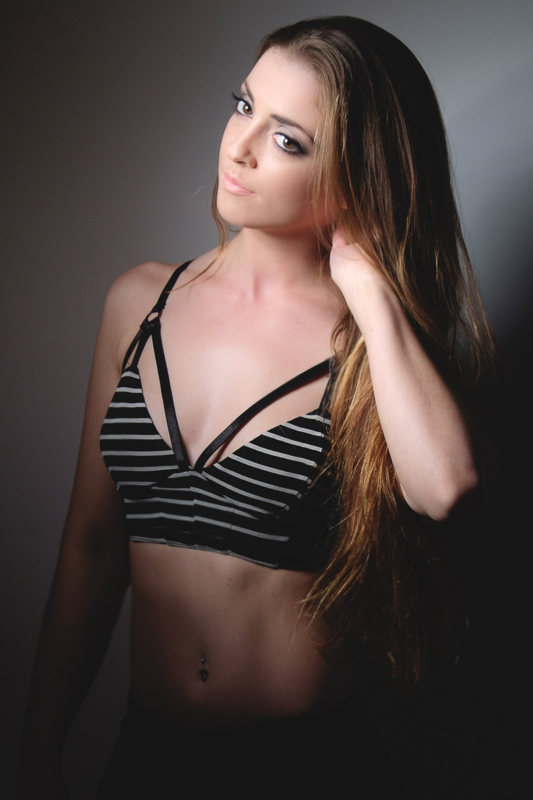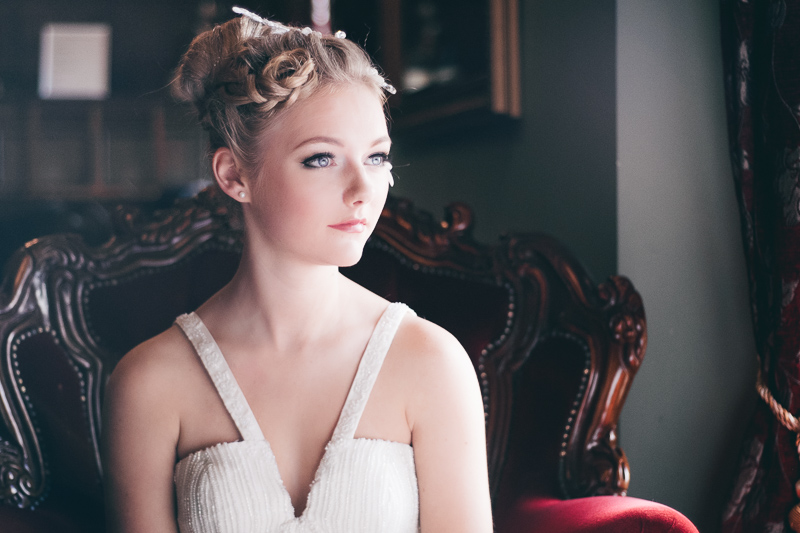If you like this post, help us share it
My first impression with Fujifilm X-E2 was nothing short of impressive. The new and improved features on the X-E2, its brilliant ergonomic design and ease of use make it a superb mirrorless camera. You can check out why I think it is a great camera here. Having used it for several photo shoots and in the studio, I am here to share some of my shooting experience.
There are pro photographers and DSLR users that have turned to Fujifilm X cameras (X-E2, X-T1 and X-Pro 1) for one simple reason – Smaller and lighter kit without compromising image quality. I have been using mirrorless cameras for years both Sony and Fujifilm mainly as my casual camera and travel camera. This is the first time I brought a Fujifilm X-E2 to the set and use it to take photos. I am not sure what others think when I point my tiny camera at them, but I did exactly that.
Image quality from Fujifilm X cameras is astonishing, I can clearly see the results from my images. X-Trans CMOS sensor is known to produce sharp images and its high ISO performance is as good as any APS-C DSLR. My shooting experience with Fujifilm X-E2 not only focused on the image quality but also on other important aspects that complete the whole shooting experience.
My X-E2 comes with an 18-55mm f/2.8-4 kit lens. This lens is superb in many ways, small but optically amazing. It is a nice general purpose lens. For professional work like shooing portraits, Fujifilm has some amazing lenses like the XF56mm f/1.2 and XF35mm f/1.4. Meanwhile, Fujifilm still lacks some fast zoom lenses equivalent to the 14-24mm f/2.8, 24-70mm f/2.8 and 70-200mm f/2.8, but Fujifilm is set to introduce a XF16-55mm f.2,8 and a XF50-120mm f/2.8 before the end of the year.
The X-E2, as well as other Fujifilm X camera has the ability to use other exotic lenses via X mount adapters. I have a Nikon to X mount adapter, so basically I can use my Nikon lenses on the X-E2. The below two photos were shot using a Nikon 50mm f/1.8 (equiv. to 75mm f/1.8) on the X-E2. MF is necessary when using an adapter, but the 10x magnification view makes MF so much easier and I can get pin sharp focus on the eyes. It is pretty amazing how such a small camera combo like an X-E2 + 50mm f/1.8 can produce such quality images.
You can order your Fujifilm X-E2 + 18-55mm f/2.8-4 here


The X-E2 is small and light weight, it was very easy to move around with which helps the flow of the photo shoots. The EVF played a very important role, it made me feel like I was shooting with a DSLR and provided a third point contact for extra stability. The placement of the EVF is like a range finder, no more pressing your nose against the LCD. The live exposure preview is great on the EVF, I was even “chimping” via the EVF. The handling of the X-E2 is exceptional, it does take some time to get use to pressing smaller buttons, but all the controls are at the finger tips.
I find the aperture ring is easy to slip, it is close to the zoom ring and is often where I hold the camera. Occasionally, my aperture setting changes and I had to change it back. Changing shutter speed and exposure compensation via the top dials take a bit more effort than wheeling the thumb dials on a DSLR. For off camera flashes, the X-E2 is compatible with Pocketwizard Plus III, so you can pretty much trigger any strobes or any speedlights. Perhaps one down side on the X-E2 is the sync speed which is only 1/180s, but I can live with that.

The focusing system on the X-E2 is surprisingly snappy, Fujifilm X cameras are not known to have the fastest focus speed, but it has been improved with on-chip phase detection. I didn’t have any problem with focusing, but it is definitely slower than DSLR auto focus. Switching between AF/MF is pretty simple via a flick of the S/C/M switch located at the front of the body. Even when I was shooting in pitch dark in the studio, the focus assist light turned on and I was able to lock onto the subject (see the last image). I have yet to test it in a fast pace photo shoot but I don’t think it is designed for that. It doesn’t seem there is a way to decouple the AF with the half press shutter. The work around is to half press the shutter to set your focus and then press AF-L to lock the focus, this is definitely quite troublesome and too slow. Alternatively, I can switch to MF and assign instant AF to the AF-L button, but you will end up with a fairly large AF frame which is hard to know what it is focusing on.
The metering system offers spot, multi and average meter just like most DSLRs. I left the meter on average most of the time since I don’t really need all these different metering when I can see preview the exposure on the LCD. This means I don’t need to look at the meter anymore and I can concentrate on my composition.
The write speed and buffer have significantly improved on the X-E2. I did try it and I would say you can sustain at a lower 3 FPS for quite some time provided you have a fast SD card. At 7 FPS, you can sustain for a couple of seconds before it slows down. That’s pretty amazing for a mirrorless camera. 3 FPS is more than enough for most situation and you can boost the FPS for a couple of seconds if you had to. For anything faster, you should be using the Nikon D4s. Last but not least, the battery life for these small cameras is only rated for 300-400 photos, so you will need a couple of extra batteries if you are doing photo shoots. The good news is these batteries are cheap compare to DSLR batteries, so keep a few spares in your bag.

In the studio, the shooting experience was pretty much the same. I have a RF trigger on the hot shoe to trigger the lights and the sync speed was set to 1/180s. This is all good if you are shooting in a well lit condition. When I was shooting something a bit more contrast and dramatic with studio lights, the EVF is rather useless. I basically have to rely on AF assist to help with the focus, as well as framing. It was very hard to use in a darker studio setting without an OVF, I would need a very powerful modelling light or bring out the X-Pro 1.
When it works though, it does produce very good images and you will not know they come from a mirrorless camera.

Where can I find the equipment seen on this site?
If you find this site useful and planning to purchase any of the equipment seen on this site, please show your support by purchasing your photo equipment at B&H Photo Video, or through any of the affiliate links seen on this site.


